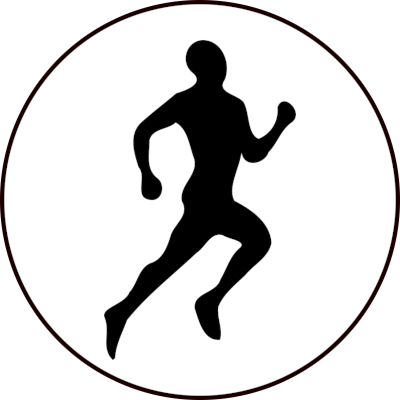Training routine: 8k/50min once a week, 1-2 (usually 1) slower runs of 3k-ish.
Always at least 1 day rest, where I sometimes do light upper body workouts, sometimes nothing.
Longer run sometimes replaced by an alpine hike of a few hours. Walking of at least 3k, often more, almost daily. I’ve been doing the latter for years, been running somewhat consistently for ~8months.
Participating in a 10k in May.
I’m noticing some pain behind the upper edge of my patellae that tends to start around the middle or end of my longer runs and after a little while of hiking uphill. Since I’m pretty sure it’s not muscle pain, I don’t want to just push through it. Do I need to take a complete break from running? Do I even need to take a break from walking? If so, for how long? Or is it going to be enough to reduce mileage a bit? Do I need to start cross training more at this level already?
Thank you in advance!
Edit: just remembered, first time I felt it was during a 30k flat hike a few weeks back. It usually goes away overnight at the latest.
Some things that might help: doing some muscle-strengthening exercises. When I was getting really bad shin splints, I did these exercises after every run. Finding a similar set of home stretches and exercises you could do after your runs might help.
Increase your cadence. A tactic I’ve used both when dealing with recurrent knee pain and with the aforementioned shin splints problem. A higher cadence can help reduce the stress on the joints. I typically run about 170 spm, but tried to keep it up over 180 while recovering.
New shoes! Older running shoes lose their cushioning. If you’ve done more than 1000 km in the shoes you’re currently using, strongly consider a new pair. And consider whether they’re the right type of shoes for you. You don’t want carbon super shoes for your daily drivers—save those for the race and just one or two runs to break them in before the race. Nor do you want track flats if you’re running on the road or a trail.
Combine with cutting back the distance to the point that you don’t feel the pain. Pain in joints is very, very rarely the sort of thing it’s a good idea just to “run through”. “No pain, no gain” works for the sort of pain you get in your lungs when doing a really hard interval session. It does not work here.
Most importantly. If you can’t get yourself pain-free after reducing distance and slowly, slowly building the distance back up, along with some other basic ideas like the other ones I mentioned and the ones other users here have mentioned. Go and see a doctor.
I am definitely not qualified to diagnose anything but when I have had knee pain in the past the definitely didn’t feel like a muscle it was still connected and I found a lot of relief from foam rolling.
Particular the upper leg, find points that hurt when you did deep with the foam roller and work on those points.
It may not help the issue but it is worth a try if you haven’t given it a go.
Oh good idea, hadn’t considered that even though I do have a foam roller!
Are you familiar with IT Band syndrome? Could it match the symptoms you have?
Thank you, I’ll look it up. Edit: from what I’m finding, the pain would be in a slightly different position. Mines centred, not on the outside of the knee.


